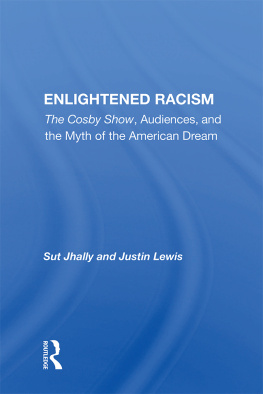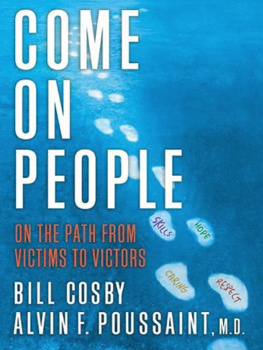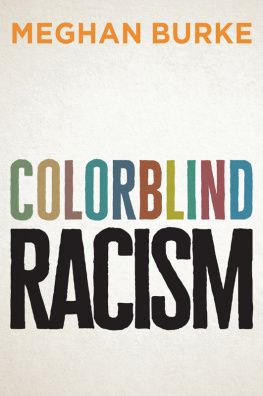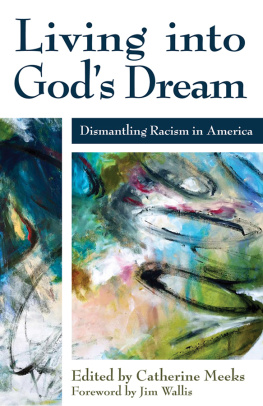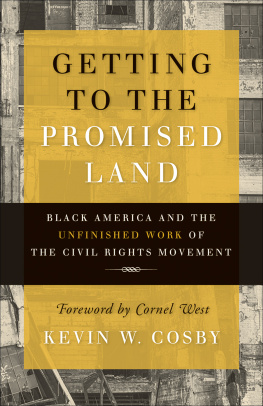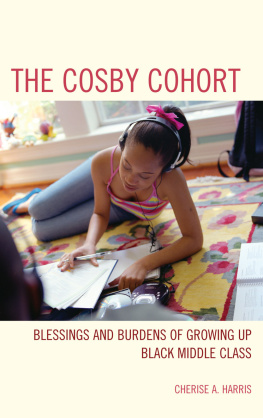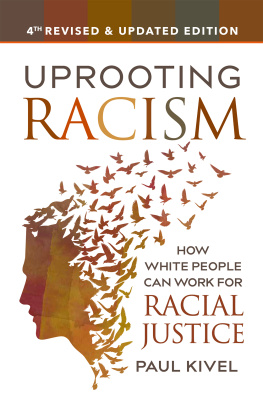Enlightened Racism
Cultural Studies
Series Editors
Janice Radway , Duke University
Richard Johnson, University of Birmingham
Enlightened Racism: The Cosby Show, Audiences, and the Myth of the American Dream
Sut Jhally and Justin Lewis
Forthcoming
Dreaming Identities: Class, Gender, and Generation in 1980s Hollywood Movies Elizabeth G. Traube
The Madonna Connection: Representational Politics, Subcultural Identities, and Cultural Theory
edited by Cathy Schwichtenberg
Reconceptualizing Audiences
edited by Jon Cruz and Justin Lewis
Frameworks of Culture and Power: Complexity and Politics in Cultural Studies Richard Johnson
An Introduction to Media Studies
edited by Stuart Ewen, Elizabeth Ewen, Serafina Bathrick, and Andrew Mattson
Art and the Committed Eye: Culture, Society, and the Functions of Imagery Richard Leppert
Enlightened Racism
The Cosby Show , Audiences, and the Myth of the American Dream
Sut Jhally and Justin Lewis
First published 1992 by Westview Press, Inc.
Published 2018 by Routledge
52 Vanderbilt Avenue, New York, NY 10017
2 Park Square, Milton Park, Abingdon, Oxon OX14 4RN
Routledge is an imprint of the Taylor & Francis Group, an informa business
Copyright 1992 Taylor & Francis
All rights reserved. No part of this book may be reprinted or reproduced or utilised in any form or by any electronic, mechanical, or other means, now known or hereafter invented, including photocopying and recording, or in any information storage or retrieval system, without permission in writing from the publishers.
Notice:
Product or corporate names may be trademarks or registered trademarks, and are used only for identification and explanation without intent to infringe.
Library of Congress Cataloging-in-Publication Data
Jhally, Sut.
Enlightened racism: The Cosby show, audiences, and the myth of
the American dream / Sut Jhally and Justin Lewis.
p. cm. (Cultural studies)
Includes bibliographical references and index.
ISBN 0-8133-1418-6 ISBN 0-8133-1419-4 (pbk.)
1. Cosby show (Television program). 2. Afro-Americans in
television. 3. Television broadcastingUnited StatesInfluence.
4. Television viewersUnited States. 5. United StatesRace
relationsPublic opinion. 6. Public opinionUnited States.
I. Lewis, Justin, 1958 II. Title. III. Series.
PN1992.77.C68J4 1992
791.45'72dc20 92-3836
CIP
ISBN 13: 978-0-367-00448-4 (hbk)
"The country's image of the Negro, which hasn't very much to do with the Negro, has never failed to reflect with a kind of frightening accuracy the state of mind of the country.'
James Baldwin
"I believe that there will ultimately be a clash between the oppressed and those who do the oppressing. I believe that there will be a clash between those who want freedom, justice and equality for everyone and those who want to continue the system of exploitation. I believe that there will be that kind of clash, but I don't think it will be based on the color of the skin..."
Malcolm X
This book deals with issues of immense political importance. It addresses two critical aspects of our contemporary culture: how our most ubiquitous cultural form, television, influences the way we think; and how American society thinks about race in the post-Civil Rights era. We chose to study audience reactions to The Cosby Show because of its position in relation to these two issues.
Already these issues have been the focus of much public debate. We intend this book to contribute to this debate, which we feel has become conceptually limited.
The argument of this book is fairly straightforward; yet it contains a few complexities informed by a range of academic traditions. For the sake of clarity and brevity, we have minimized our discussions of the theoretical aspects of our inquiry (which many academics, including ourselves, find interesting in their own right). Because we did not want the reader to get bogged down in theoretical abstractions or scholarly citations, we have kept these to a minimum. Although we have cited only a few selective works, we gratefully acknowledge the influence of those scholars working in the fields of media studies, audience research, and critical cultural studies. For those readers who would like more information concerning these academic areas and how they pertain to studies of this kind, The Ideological Octopus: Explorations into Television and Its Audience by Justin Lewis provides a useful introduction.
Sut Jhally
Justin Lewis
Our greatest debt is to Bill and Camille Cosby, who financed the empirical audience study on which much of this book is based. As the reader will realize from our conclusions, this funding came with no strings attached. We are grateful to the Cosbys for their open-mindedness and their commitment to scholarship and education.
We thank Betsey Chadwick, Glynda Christian, Leslye Colvin, Rob Dinozzi, Ernest Green, and Harold Schlechtweg, who made up the research team during the interview and coding stages of the project, and Elaine Stockwell, who transcribed many of the interviews. And we are grateful to Joseph Duffey and W. Barnett Pearce for their help and support and to George Gerbner, who generously made data from the Annenberg School's Cultural Indicators Project available to us.
S. J.
J. L.
Neither The Cosby Show nor its star, Bill Cosby, need much introduction. By the early 1980s, Bill Cosbystand-up comedian, actor (most remembered for his costar role in the 1960s I Spy TV series), voice behind Fat Albert, and star of TV commercialshad established a modest and respectable place in the history of North American popular culture. It was, however, The Cosby Show that allowed Cosby to move from celebrity to superstardom. Whether one measures success in terms of wealth, fame, popularity, or respect, Bill Cosby is now undoubtedly among the most successful entertainers in the United States.
When it began in 1984, The Cosby Show did not look like a surefire hit. Its all-black cast offered viewers a gentle comedy without gimmicks, zany situations, or intriguing plot lines. Yet The Cosby Show has become the most successful TV show in recent history, the pinnacle of Cosby's long career. It topped the annual ratings lists year after year in the second half of the 1980s, and, although it has been displaced from the number one spot in the 1990s, it retains an enduring place in the world of prime-time television.
For those who have managed to avoid seeing it, The Cosby Show is a half-hour situation comedy about an upper middle class black family, the Huxtables. Cliff Huxtable (played by Bill Cosby) is a gynecologist and obstetrician, and his wife, Clair, is a lawyer. They have four daughters and a son; as the series has grown older, they have acquired in-laws and grandchildren. The Huxtables' attractive New York brownstone home is the setting for an endless series of comic domestic dramas. There is little in this description to distinguish this TV fiction from many others: we are used to a TV world populated by attractive professionals and their good-looking offspring. What makes the show unusual is its popularity, its critical acclaim, and the fact that all its leading characters are black.

